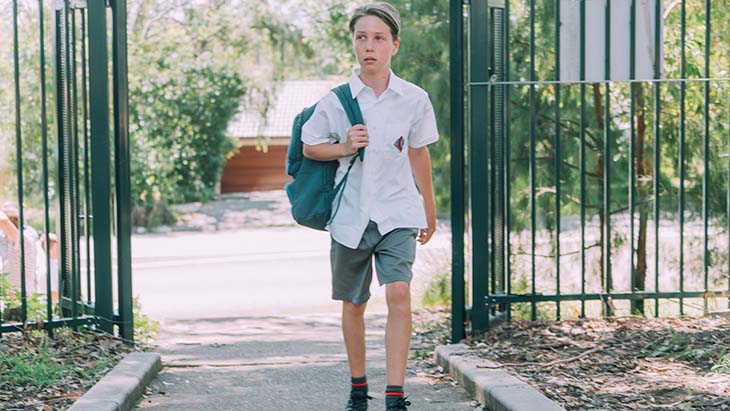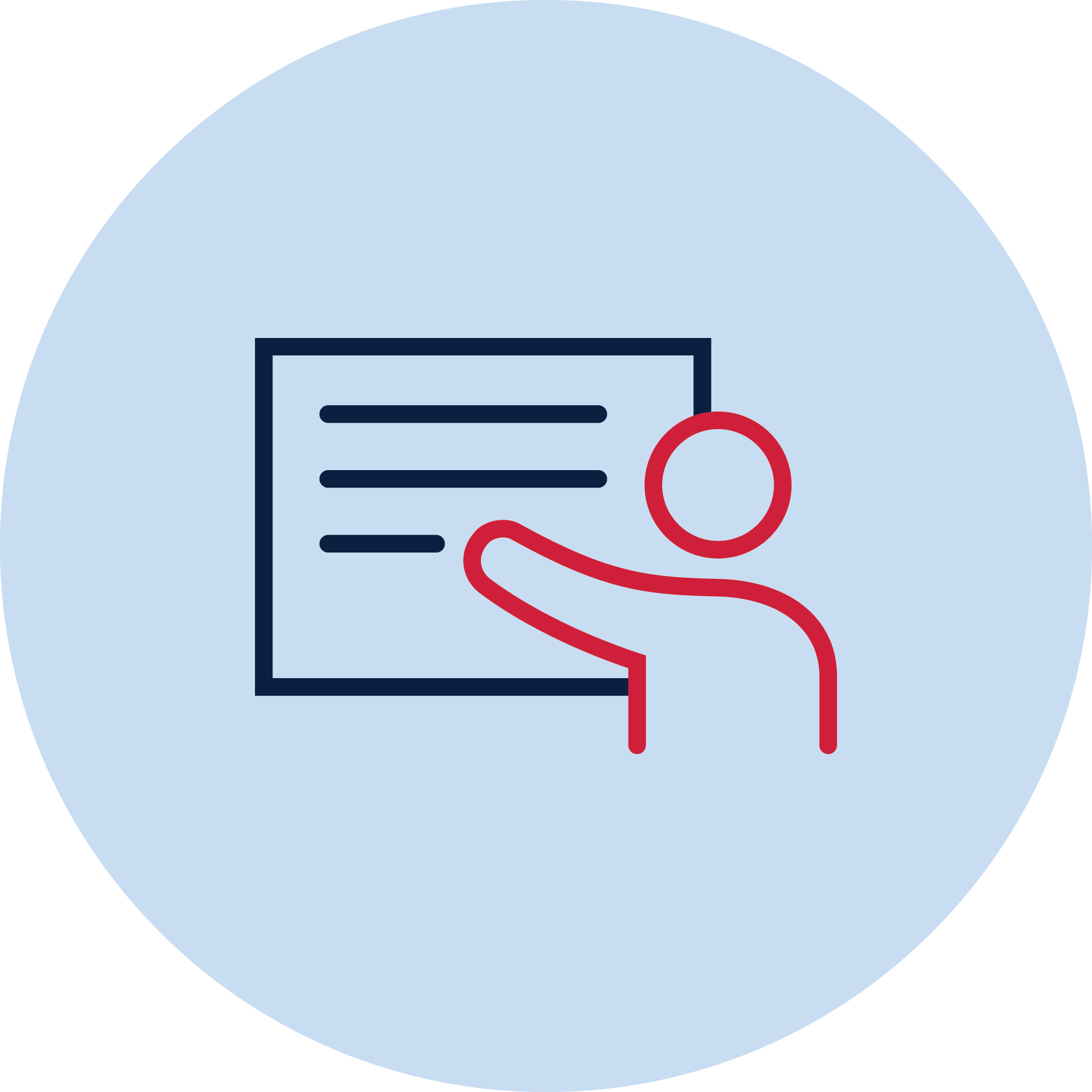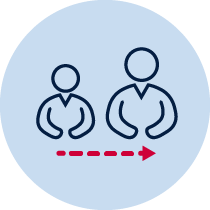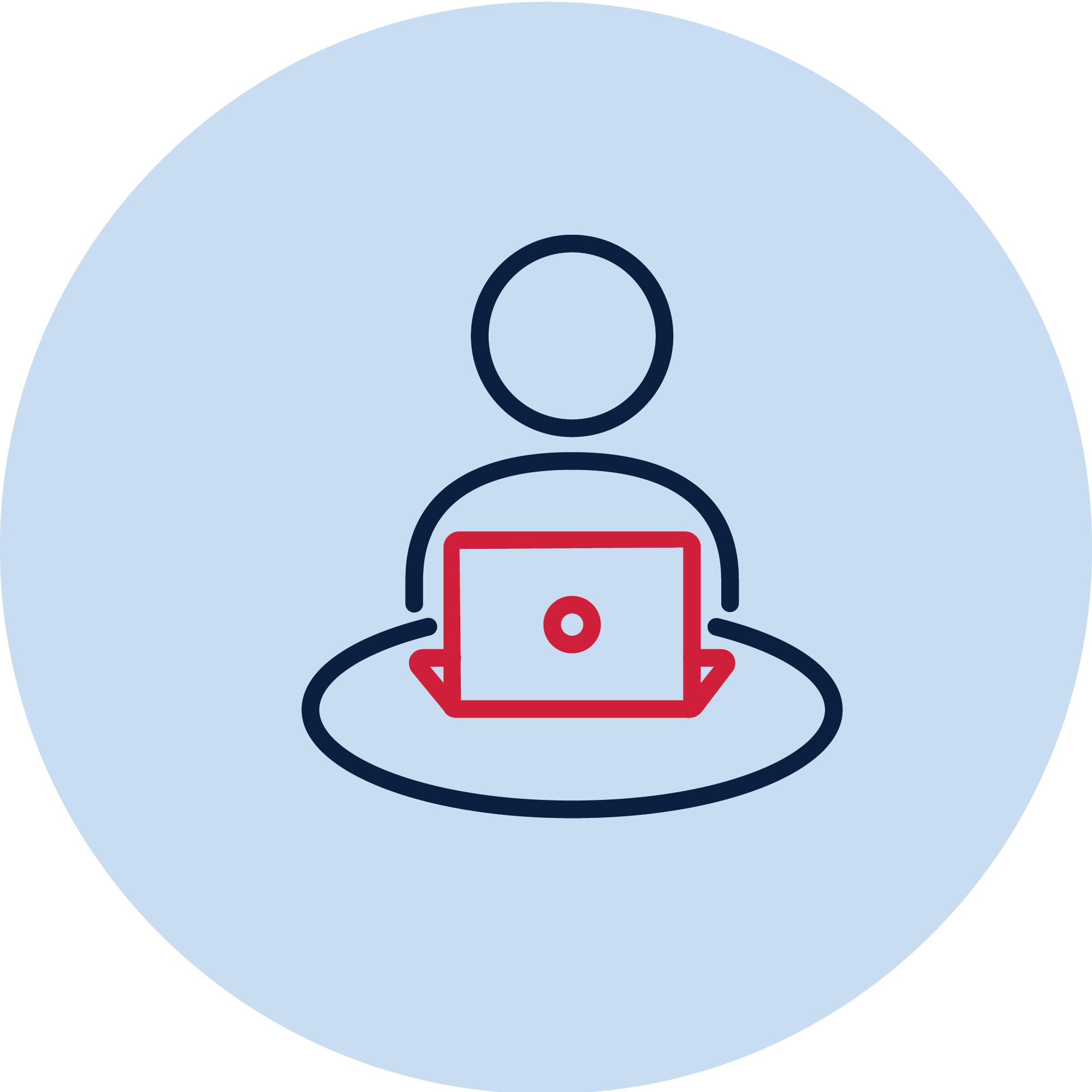Transition to secondary school
Transitioning from primary school to high school
Planning the transition
Transition plan

Collaborative planning
Collaborative planning is where school staff meet or collaborate with the student, their parents or carers, primary teachers, and other stakeholders to identify what adjustments the school needs to make so that a student with disability can fully participate in all aspects of school life.
Collaborative planning may involve developing a transition plan or planning for personalised supports, or for Aboriginal students and their families, a Personalised Learning Pathways plan, or PLP, alongside a transition plan.
Some adjustments that schools might make include making changes to the buildings and classrooms (for example, adding ramps, or creating quiet spaces), providing assistive devices and furniture (for example, providing ‘cut out’ desks) or allowing students to use specialist software and personalised computer settings (for example, software for writing and translating Braille).
Schools are responsible for the regular monitoring of adjustments in relation to the student’s educational progress and care for their overall wellbeing at school.
Personalised learning and support planning
Personalised Learning and Support planning should consider the student’s strengths and interests as well as the learning strategies that worked best for them at primary school.
For Aboriginal students, this also includes creating pathways to meaningful cultural activities and pursuits, and connection with community. It is important that the student can have input into their Personalised Learning and Support Planning and let their new teachers know about their likes, dislikes, favourite pastimes and hopes for the future.
This will help high school teachers to draw on a student’s interests and strengths to create learning goals that fit with the curriculum of high school.
Be sensitive to cultural and language differences. Check that the family are comfortable with all aspects of the Personalised Learning and Support Plan. If you develop the goals and strategies together everyone will likely have more commitment to them.
Supporting a student with the transition
Consider a student's strengths and needs when planning transition activities or short individualised visits
Plan activities that all students can fully participate in. Some key considerations might include:
- ‘Do activities allow a student who has physical disability or who has low or blind vision to join in?’
- ‘Have we planned for activities in small groups or pairs for students who feel anxious or overwhelmed in large groups?’
- ‘How can we manage noise levels on the day?’
Tell students what doesn’t change from primary to high school
Local primary schools should partner with high schools
Provide visual supports
Consider a peer buddy system or a safe person/space for students
Peer buddies can provide social support. Identify specific staff (for example, a School Learning Support Officer or Aboriginal Education Officer) or places (such as the library) that a student can access when they need support.
Help them access positive stories about high school



School Excellence Framework alignment
Wellbeing
Australian Professional Standards for Teachers alignment
Standard 1: Know students and how they learn
Audience
Primary and Secondary teachers
Purpose
This guide can be used by primary and secondary teachers to support students preparing for secondary school. It includes strategies and resources to support students in their transition.
Reviewed
November 2021. Share your feedback here